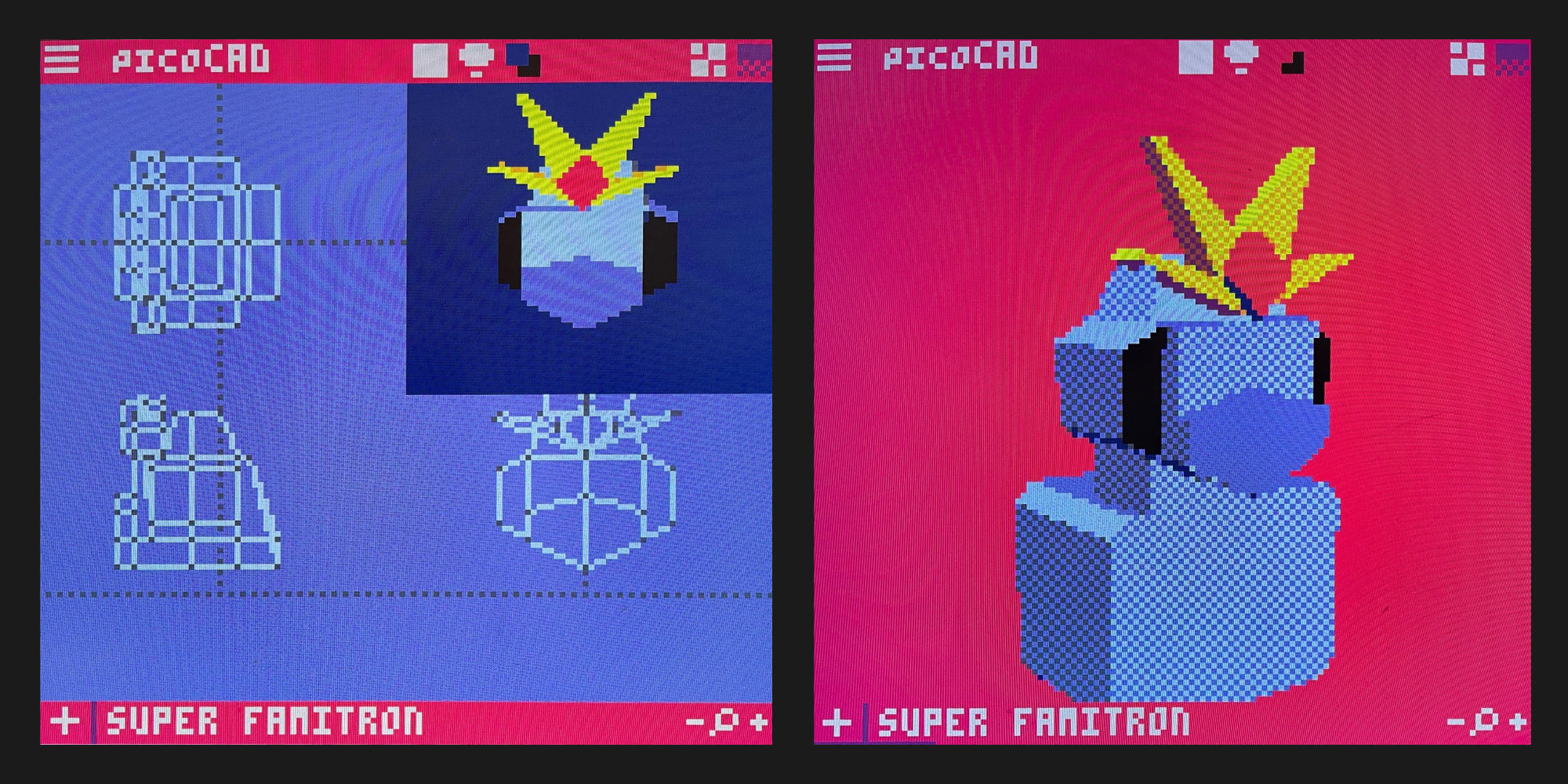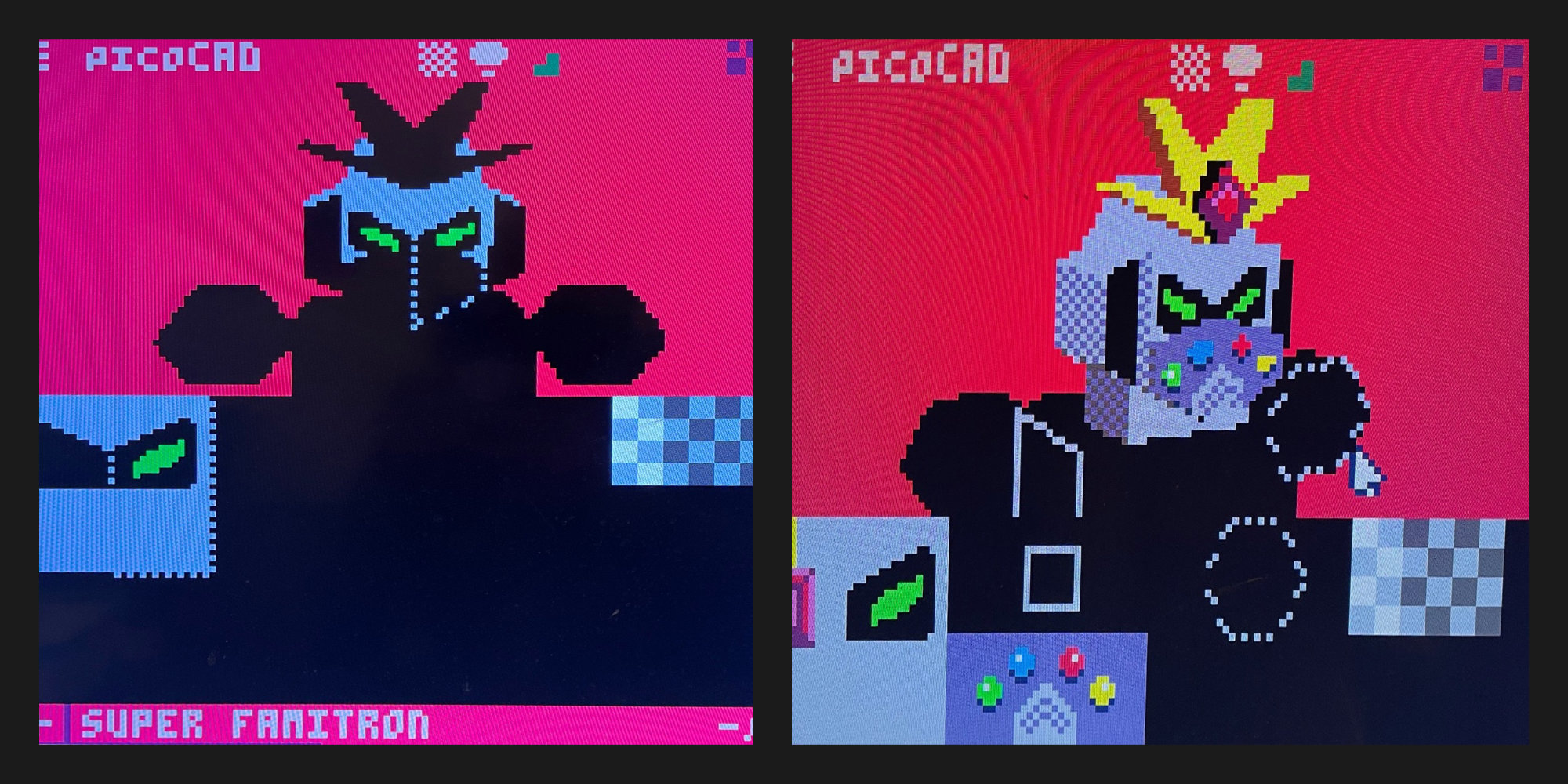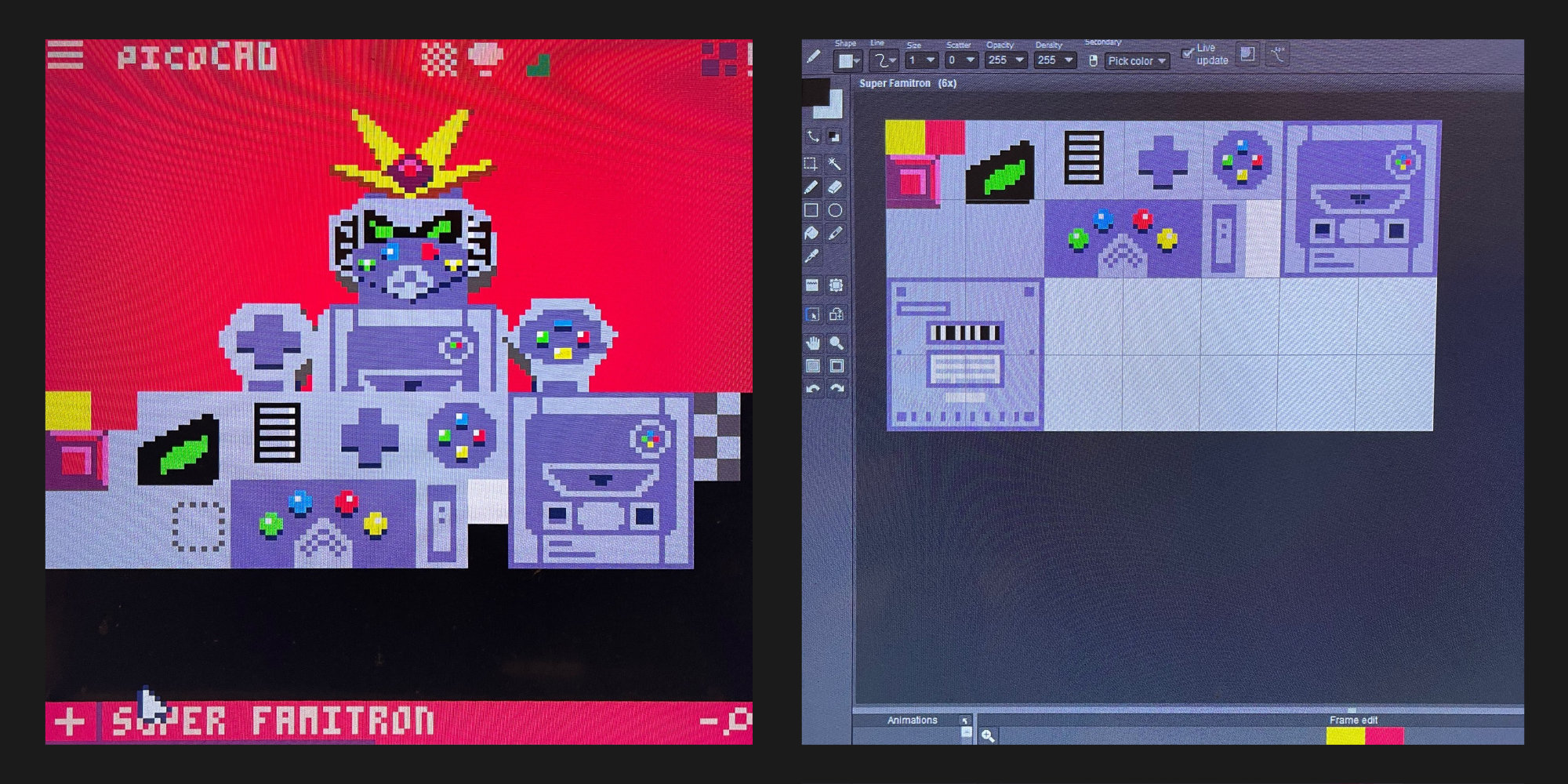
In Process is a series that examines the inspiration, methods, and tools used by artists to create their work. Each episode focuses on a specific piece.
Find all episodes of In Process on the Ep. 0: Index page.
In this episode, we explore Super Famitron by Viscous (pictured above).
As a child of the 90s, I’m understandably nostalgic for all things ‘retro tech’ so it’s no wonder I’m totally in love with viscous’s work.
The combination of retro subjects and a lofi aesthetic evokes waves of nostalgia, but is also just plain cool.
Learn how viscous uses PICOcad, a retro-style 3D modeller, to build these digital toys.
What was the inspiration for Super Famitron?
I’ve been doing a bunch of bootleg pieces of the themes and images of other popular artists on hic et nunc (HEN) and it got me thinking about all the wild bootleg figures and toys I used to collect when I was a kid.
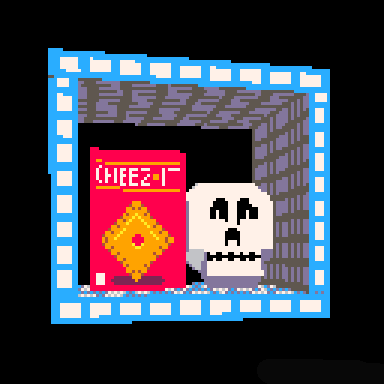
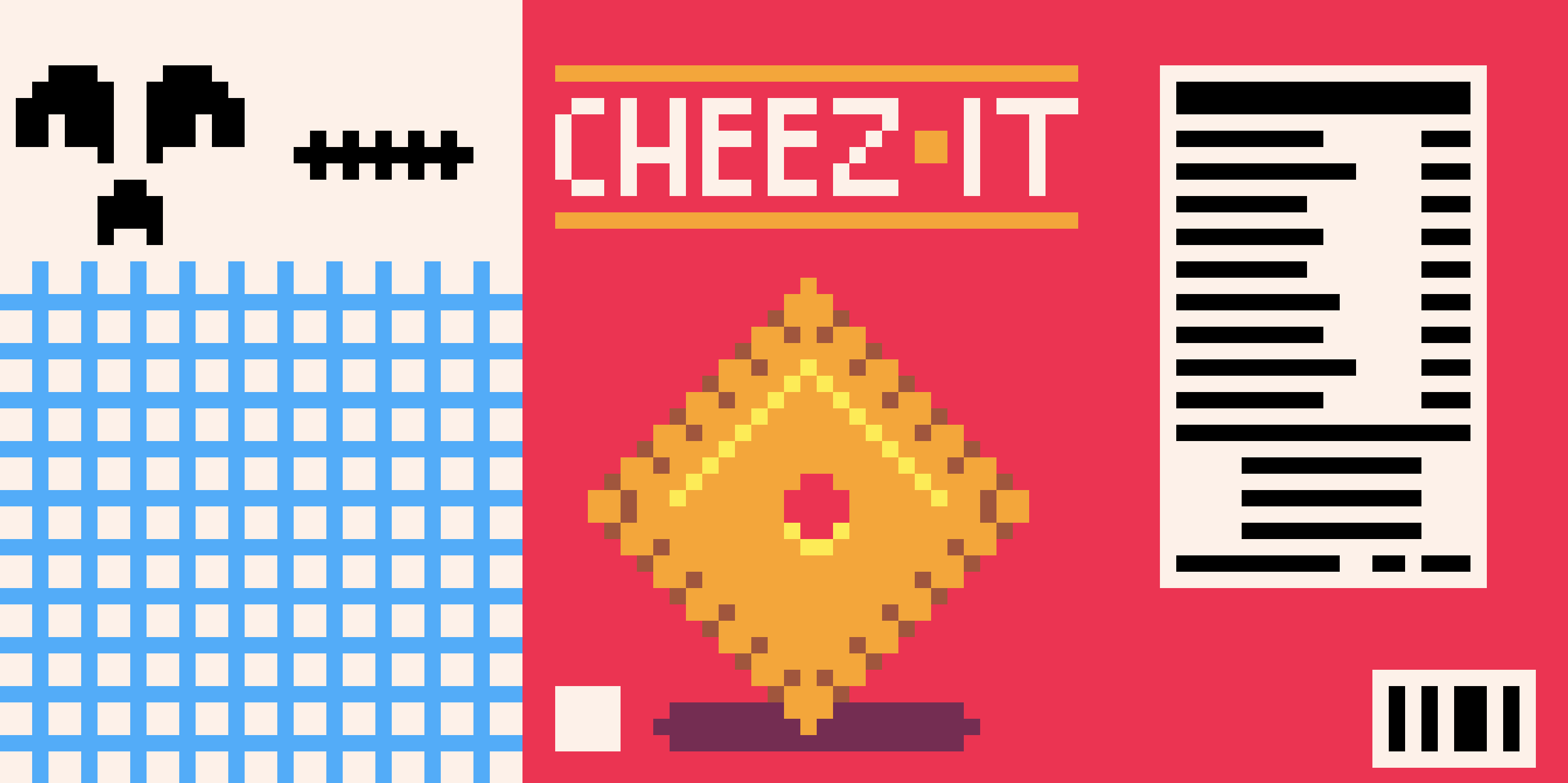
I’ve always loved bootlegs and had tons of plastic robots with Power Ranger logos and pictures of Batman and whatnot on the packaging.
I remember thinking they were so cool (I say that like I don’t still think they’re cool – I very much do). I think the “fuck it, let’s do this” attitude and the humour of the whole product really inspired me.
It’s like outsider/folk art but from the 2000s and in cheap ABS plastic. They’re perfect.
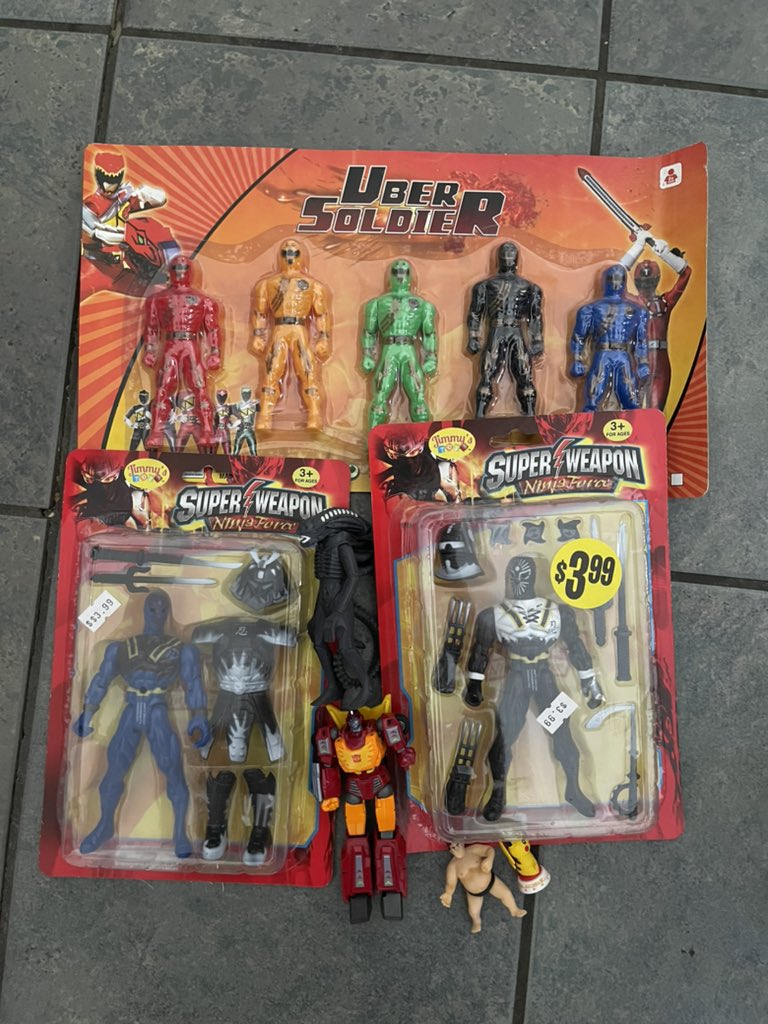
Describe the technical process of the piece. What medium and tools were most important to creating it?
I made this piece in PICOcad (shoutout to @aebrer for showing me PICO8) – it’s a super limited 3D modelling program that gives the piece an awesome retro look. I love how PICOcad looks high tech and super low tech at the same time.
When I start a piece there’s usually something I want to try to learn/attempt technically. I’ve been using NFT creations as mini projects to learn new things like pixel art, Blender, or PICOcad.
For this one, I wanted to see how complex of a model I could build with the limited constraints of PICOcad.
If I’m recreating an object, I get a ton of reference photos from all angles and go from there. For this one I wasn’t copying anything in particular, so I started with a sketch on my iPad in Procreate.
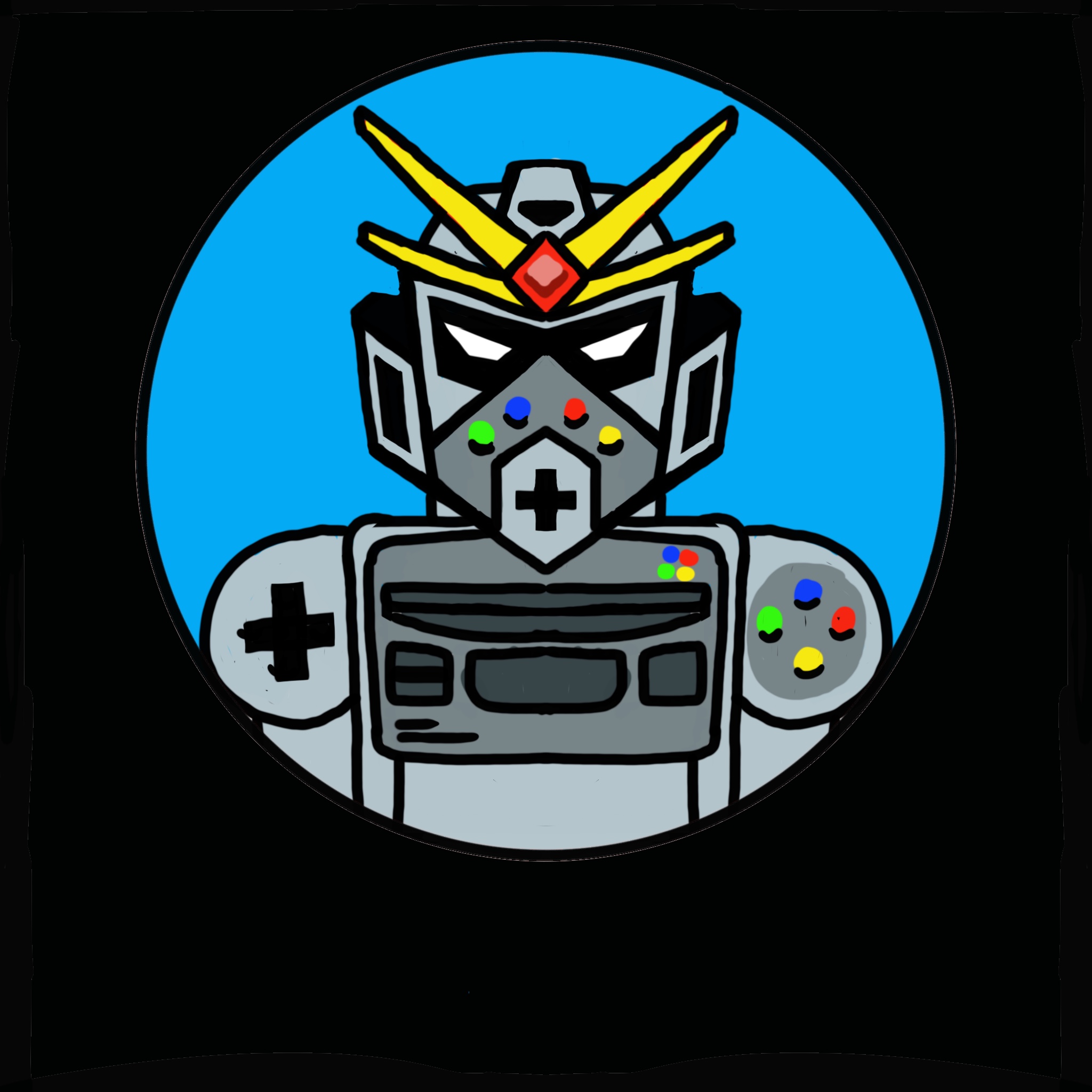
After I was happy with the sketch, I started building out the shapes in PICOcad and blocking in the colours to get a rough idea of what the final will look like.
From there, I make my textures in a tile editing program called Pyxel Edit.
I like to think about each of the volumes as a different puzzle and work my way across the piece rather than trying to make the entire texture at once and place everything in one fell swoop.
In this piece, I first got the eye texture to line up properly and then moved on to the other volumes that make up the head.
Texturing in PICOcad is kind of finicky, and I’ve found that moving slowly helps a lot.
How did the NFT for the piece come about? Did you make this piece specifically for hic et nunc, or was this a piece you'd already made and retrofitted for the platform?
I made this piece specifically for this interview and minted it on HEN.
I had never documented the process for one of these before and thought it would be easier to just do a new piece rather than talk about an old one.
I usually have a theme or idea I’m doing pieces around and I break them up by platform. I think doing something a bit different on each platform gives people a reason to follow you to other sites.
I generally make GIFs that are 1:1 because they are small and will load easily online.
Even though I know Instagram isn’t as popular in the NFT space, I keep the background colours the same for a series of 6 pieces because I like the way they display on my Insta account.
See Super Famitron and other works by viscous on hic et nunc →
Where is the best place to learn more about your work?
You can find me on Twitter/Instagram as @_viscous. There are links to all the platforms I post on in my Linktree if you would like to see other work.

